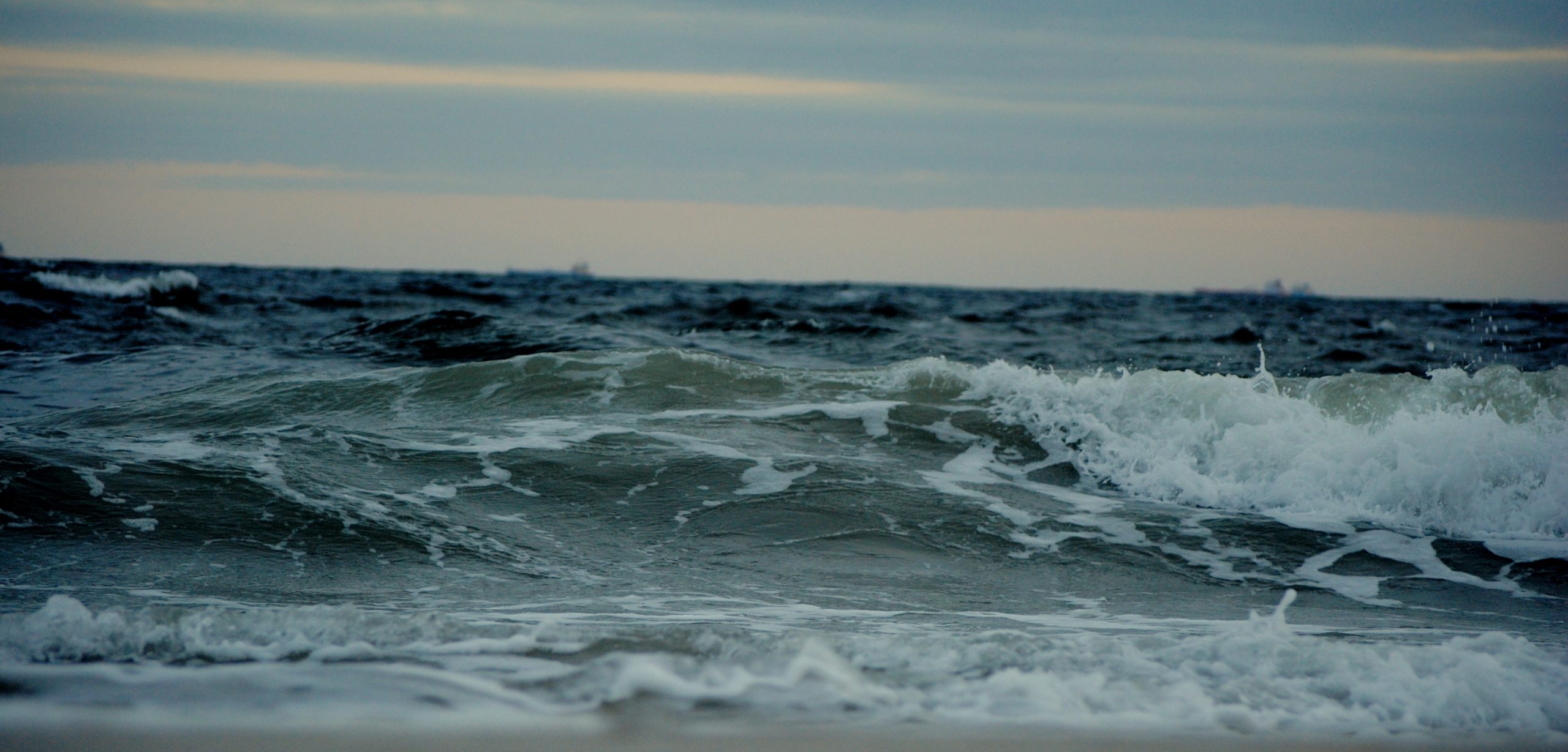
Key Capabilities
Code Development
Sandia National Laboratories develops and maintains open source code for a wide range of marine renewable energy applications, including resource assessment, environmental effects analysis, device performance, hydrodynamic response, extreme conditions, and others. Open source code development is an ongoing area of research in Sandia’s Water Power Technologies department.
Dynamics & Controls
Sandia National Laboratories leverages a broad range of dynamics and controls capabilities, incorporating experts from robotics, defense, energy systems, and aerospace, to support research on wave energy, tidal energy, and offshore wind.
Read More about Dynamic & Controls
Environmental Analysis
At the heart of marine renewable energy (MRE) is the interaction with the environment for power production and ensuring energy extraction does not negatively impact marine sites is critical to the success of the MRE industry. SNL has provided regulatory and IEC standards input for MRE resource characterization and has developed codes and analysis tools to enable the MHK industry to quickly navigate and apply state-of-the-art techniques for environmental analysis.
Experimental Testing, Measurements and Instrumentation
Sandia National Laboratories’ team has a decade of experience in hydrodynamic and load measurements and MHK sites and laboratory testing facilities. The team also has experience in both wave and current energy converter testing, including power take off and mechanical load measurements.
Hydropower
Sandia National Laboratories’ capabilities in hydropower include water resources engineering, river flow and storage modeling, hydropower plant measurements, plant cyber security and resilience, and grid and storage design optimization.
Materials & Coatings
The program’s goal is to support the life cycle and performance of wave and tidal energy technologies through materials and coatings. Efforts include prevention of corrosion & biofouling, composite performance, composite manufacture, along with materials/coatings inspection and reliability.
Powering the Blue Economy
Sandia National Laboratories’ Water Power Technologies department also supports development, simulation, and testing of marine and hydrokinetic (MHK) devices for Powering the Blue Economy applications. This includes MHK devices used for aquaculture, desalination, ocean instrumentation, and for devices used in conjunction with energy storage or for microgrid applications.
Read More about Powering the Blue Economy
Resource Characterization
Sandia National Laboratories catalogues key statistics needed to assess energy conversion opportunities, constraints and risks at wave and tidal energy sites, including power density and metrics for environmental loads required for current energy converter (CEC) and wave energy converter (WEC) design. Marine energy resource classification systems developed by Sandia facilitate energy planning, project development, device design and type-certification.
Simulation & Analysis
Sandia National Laboratories’ Water Power Technologies program develops innovative technological solutions for marine hydrokinetic (MHK) devices. Before MHK technologies can successfully compete in the energy and applications market, industry developers are working to increase device power performance and reliability. These efforts will lead to reducing the levelized cost of energy (LCOE) in many devices. Through applied research and modeling efforts, we provide industry with tools to create better devices.
Techno-Economic Performance Metrics
There are a wide variety of needs and uses for Marine and Hydrokinetic (MHK) techno-economic performance metrics. They accomplish a variety of objectives, including enabling consistent evaluation and benchmarking of device/component performance in marine energy across all stages of development; helping to discern technology/industry advancement and identify cost-reduction pathways.